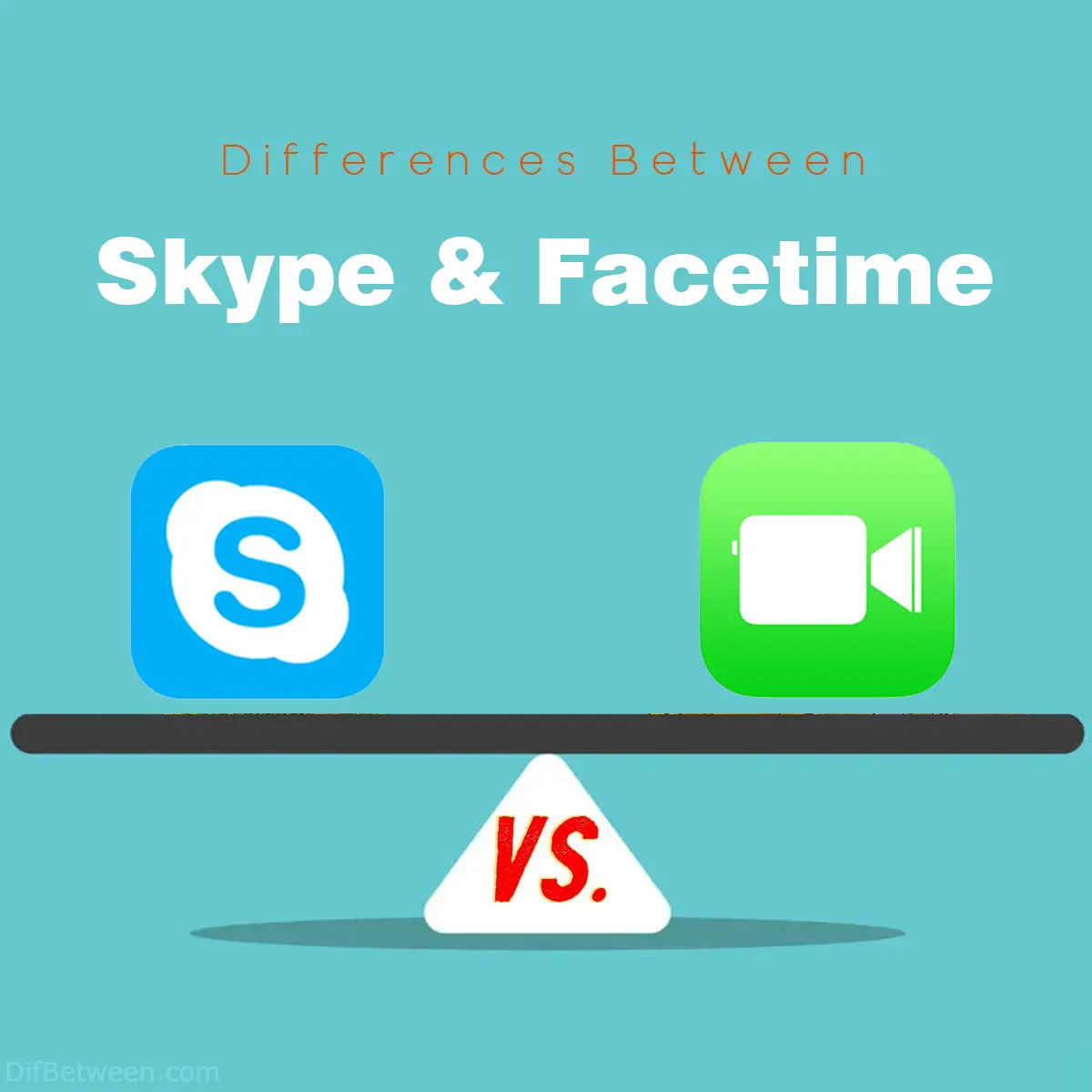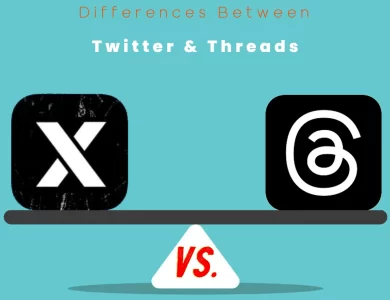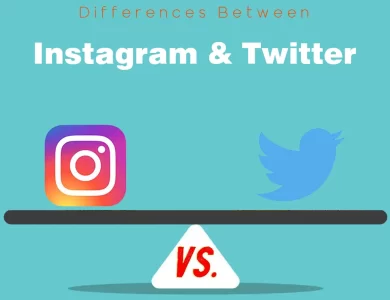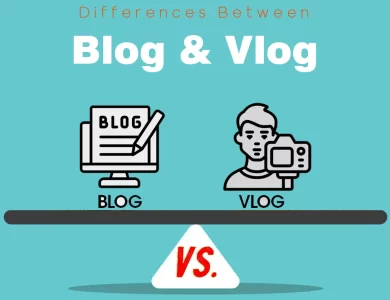
| Aspect | Skype | FaceTime |
|---|---|---|
| Platform Compatibility | Available on Windows, macOS, iOS, Android, Linux | Exclusive to Apple devices (iOS, macOS) |
| Sign-Up and Account Requirements | Requires basic information; can use Microsoft or Facebook account | Requires an Apple ID and Apple device |
| Call Quality and Performance | Known for reliable quality; adjustable video quality | Optimized for Apple devices; excellent quality |
| Group Calls and Conferencing | Supports group calls with up to 100 participants (50 for free users); screen sharing; recording | Group calls with up to 32 participants |
| Cross-Platform Messaging | Offers comprehensive messaging features with chat, file sharing, and synchronized messages | Messaging is integrated with Apple’s Messages app |
| Security and Privacy | Utilizes end-to-end encryption; supports two-factor authentication | End-to-end encryption for all calls and messages; strong privacy focus |
| Integration with Other Apps | Integrates with Microsoft Office, Slack, and more third-party apps | Primarily integrates with other Apple services and apps |
| Cost and Pricing Models | Mix of free and paid services; charges for some calls and premium features | Free for calls and messages within the Apple ecosystem; additional charges for non-Apple calls |
| Additional Features | Offers features like call recording, live subtitles, call forwarding, voicemail, and Skype Number | Primarily focused on video and audio calling with fewer additional features |
When it comes to video calls and staying connected with loved ones or colleagues, Skype and FaceTime are two popular choices. Both offer seamless video communication, but they come with their own set of unique features and characteristics. In this comprehensive comparison, we’ll dive deep into the key differences between Skype and FaceTime to help you make an informed choice for your video calling needs.
Differences Between Skype and Facetime
The main differences between Skype and FaceTime revolve around platform compatibility and ecosystem integration. Skype is a cross-platform communication tool available on Windows, macOS, iOS, Android, and even Linux, making it suitable for diverse device users. In contrast, FaceTime is exclusively designed for Apple devices, limiting its accessibility to iOS and macOS users. Furthermore, while Skype offers extensive messaging features and integration with third-party apps, FaceTime prioritizes simplicity and seamless integration within the Apple ecosystem. Your choice between Skype and FaceTime should be based on your device preferences and the need for cross-platform compatibility or ecosystem convenience.
1. Platform Compatibility
Skype: Skype is known for its cross-platform compatibility. It’s available on Windows, macOS, iOS, Android, and even Linux. This wide range of compatibility makes it a versatile choice for users on various devices and operating systems.
FaceTime: In contrast, FaceTime is exclusively designed for Apple users. It works seamlessly on iOS devices such as iPhones, iPads, and Macs, but unfortunately, it’s not accessible for Windows or Android users. This limitation can be a significant factor in your choice if you need to communicate with individuals using different platforms.
If you and your contacts are primarily Apple users, FaceTime may be your go-to option for its ease of use within the Apple ecosystem. However, if you require cross-platform compatibility, Skype is the clear winner in this category.
2. Sign-Up and Account Requirements
Skype: Setting up a Skype account is relatively straightforward. You need to provide basic information, such as your name, email address, and phone number. Skype allows you to use your Microsoft account or Facebook credentials for easy sign-in, streamlining the registration process.
FaceTime: FaceTime, on the other hand, is integrated into the Apple ecosystem. To use FaceTime, you must have an Apple ID, which requires an iOS device or a Mac. While many Apple users already have an Apple ID, those who don’t may find the initial setup process more involved.
In this aspect, Skype offers a more accessible approach for users who may not be tied to a specific platform or who prefer not to create additional accounts.
3. Call Quality and Performance
Skype: Skype has a reputation for delivering reliable call quality and performance, thanks to its years of development and optimization. It uses a robust infrastructure to maintain clear audio and video quality, even in low bandwidth conditions. Skype also offers the option to adjust video quality manually to suit your internet connection.
FaceTime: FaceTime, being an Apple product, is known for its seamless integration with Apple’s hardware and software. This integration often results in excellent call quality and performance for Apple device users. FaceTime uses Apple’s ecosystem to its advantage, ensuring that users experience minimal lag and high-quality audio and video.
Both Skype and FaceTime generally offer high call quality, but FaceTime might have a slight edge for users within the Apple ecosystem due to its optimized integration. However, Skype’s flexibility across different platforms can be a crucial factor for those communicating with diverse devices.
4. Group Calls and Conferencing
Skype: Skype is renowned for its group calling and conferencing capabilities. It allows you to host group video calls with up to 100 participants (50 for free users) and provides features like screen sharing, chat, and the ability to record calls. Skype for Business, a separate product, caters to larger enterprises with even more extensive conferencing options.
FaceTime: FaceTime has made significant strides in group calling, but it still lags behind Skype in terms of capacity. As of the latest updates, FaceTime supports group calls with up to 32 participants. While this is suitable for most personal and small business needs, Skype’s larger capacity may be preferable for larger gatherings and corporate meetings.
If you anticipate hosting large group video calls or conferences, Skype’s superior capacity and additional features might be the better choice. FaceTime’s group calling capabilities are more suited to smaller, informal gatherings.
5. Cross-Platform Messaging
Skype: Skype offers a comprehensive messaging platform in addition to its video and audio calling features. You can send text messages, images, videos, and files to your contacts through Skype’s chat interface. These messages are synchronized across all your devices, ensuring you can pick up the conversation from wherever you left off.
FaceTime: FaceTime primarily focuses on video and audio calls. While you can send text messages through the Messages app on iOS and macOS, these messages are not as seamlessly integrated into FaceTime as Skype’s chat function. FaceTime’s messaging capabilities are somewhat limited compared to Skype’s dedicated messaging features.
For users who prioritize a unified communication platform that includes both video calls and messaging, Skype is the more versatile choice. However, if you’re exclusively interested in video calling and don’t need extensive messaging features, FaceTime’s simplicity might appeal to you.
6. Security and Privacy
Skype: Skype places a strong emphasis on security and privacy. It uses end-to-end encryption for voice calls, ensuring that your conversations remain private and secure. Additionally, Skype allows you to enable two-factor authentication for added account security.
FaceTime: FaceTime also boasts robust security features, with end-to-end encryption for all calls and messages. Apple has a strong track record of prioritizing user privacy, and this extends to FaceTime. FaceTime calls and messages are secured with your Apple ID, further enhancing the overall privacy of the platform.
Both Skype and FaceTime take user security and privacy seriously. However, FaceTime’s integration with Apple’s privacy-focused ecosystem may provide an extra layer of confidence for users concerned about data protection.
7. Integration with Other Apps and Services
Skype: Skype offers integration with a variety of third-party applications and services, including Microsoft Office and Slack. This can be particularly useful for businesses and individuals who rely on these tools for productivity and collaboration.
FaceTime: FaceTime’s integration is primarily limited to other Apple services and apps, such as Messages and Contacts. While this offers a seamless experience for Apple users, it may not be as versatile for those who use a wider range of applications and services in their daily routines.
In the realm of integration, Skype has the upper hand for its compatibility with a broader spectrum of applications, making it a more adaptable choice for diverse user needs.
8. Cost and Pricing Models
Skype: Skype offers a mix of free and paid services. While Skype-to-Skype calls are generally free, charges may apply for calling mobile or landline numbers and certain premium features like voicemail transcription. Skype also offers subscription plans for unlimited calling to specific countries or regions.
FaceTime: FaceTime is entirely free for calls and messages between Apple devices. There are no additional charges for using FaceTime within the Apple ecosystem. However, if you need to communicate with non-Apple users, you may need to resort to alternative methods, which can involve additional costs.
In terms of cost, FaceTime is the winner for Apple users, as it provides free communication within the ecosystem. Skype’s pricing model is more varied and may suit users with specific international calling needs.
9. Availability of Additional Features
Skype: Skype offers a wide array of additional features, including call recording, live subtitles, call forwarding, and voicemail. It also has a Skype Number service that allows you to have a local phone number in another country, which can be beneficial for international business or personal communication.
FaceTime: FaceTime focuses primarily on video and audio calling, with fewer additional features compared to Skype. While it provides a straightforward and user-friendly experience, it may lack some of the advanced features that Skype users find valuable.
For users who require a range of additional features beyond basic calling, Skype is the more feature-rich option. FaceTime excels in simplicity but may not cater to those with specific feature requirements.
Skype or Facetime : Which One is Right Choose for You?
Choosing between Skype and FaceTime depends on your specific needs, the devices you use, and your preferences. Let’s break down the decision-making process to help you determine which one is right for you.
Choose Skype If:
- Cross-Platform Compatibility Matters: If you need to communicate with people using a variety of devices and operating systems, Skype is the better choice. It’s available on Windows, macOS, iOS, Android, and even Linux, ensuring compatibility across a wide range of platforms.
- Group Calls and Conferencing: If you frequently host larger group video calls or conferences with more than 32 participants, Skype’s capacity for up to 100 participants (50 for free users) is advantageous.
- Messaging and Collaboration: Skype offers a robust messaging platform with features like chat, file sharing, and synchronized messages. If you require a unified communication tool that includes both video calls and messaging, Skype provides a more comprehensive solution.
- Integration with Third-Party Apps: Skype integrates with a variety of third-party applications and services, making it suitable for businesses and individuals who rely on a range of productivity tools.
- Advanced Features: Skype provides additional features like call recording, live subtitles, call forwarding, voicemail, and the Skype Number service. If you have specific feature requirements, Skype may better accommodate your needs.
- Cross-Platform Accessibility: If you value flexibility and want the ability to use your Microsoft or Facebook account for sign-in, Skype offers a more accessible approach.
Choose FaceTime If:
- You’re Within the Apple Ecosystem: If you primarily use Apple devices such as iPhones, iPads, and Macs, FaceTime offers seamless integration and excellent call quality within the Apple ecosystem.
- Simplicity and Ease of Use: FaceTime is known for its user-friendly interface and straightforward operation. It’s an ideal choice if you prefer a simple and intuitive video calling experience.
- Privacy and Security: FaceTime is secured with end-to-end encryption, and it benefits from Apple’s strong focus on user privacy. If data security is a top concern, FaceTime provides peace of mind.
- Cost Efficiency Within Apple Ecosystem: FaceTime is entirely free for calls and messages between Apple devices, making it a cost-effective choice for Apple users. There are no additional charges within the ecosystem.
- Basic Video and Audio Calling: If your primary need is straightforward video and audio calling, and you don’t require advanced features or cross-platform compatibility, FaceTime is a hassle-free option.
In conclusion, the choice between Skype and FaceTime hinges on your specific circumstances. Skype is versatile, feature-rich, and ideal for cross-platform communication, while FaceTime excels in simplicity, security, and integration within the Apple ecosystem. Evaluate your priorities, device preferences, and communication requirements to make the right choice for you.
FAQs
Skype is a communication platform that allows users to make voice and video calls over the internet. It works by connecting users through their Skype accounts and enabling real-time audio and video communication.
Skype offers free services, such as Skype-to-Skype calls and messaging. However, charges may apply for making calls to mobile or landline numbers and accessing premium features.
Yes, Skype is available as a mobile app for both iOS and Android devices, making it convenient to use on smartphones and tablets.
FaceTime is Apple’s proprietary video calling app, designed exclusively for Apple devices like iPhones, iPads, and Macs. Unlike Skype, it is not available on non-Apple platforms.
Yes, FaceTime is entirely free for video and audio calls between Apple devices. There are no additional charges for using FaceTime within the Apple ecosystem.
No, FaceTime is limited to Apple devices and is not available on Windows or Android platforms. Skype, on the other hand, is cross-platform and can be used on various devices and operating systems.
Both Skype and FaceTime prioritize user security and privacy, with end-to-end encryption for calls and messages. However, FaceTime benefits from Apple’s strong focus on privacy within its ecosystem.
Skype is generally more suitable for larger group video calls and conferences, as it supports more participants compared to FaceTime.
Yes, Skype offers a comprehensive messaging platform that allows users to send text messages, images, videos, files, and more in addition to making voice and video calls.
Your choice between Skype and FaceTime should depend on your device preferences, the need for cross-platform compatibility, the size of your group calls, and your specific feature requirements. Evaluate these factors to make an informed decision.
Read More :
Contents






